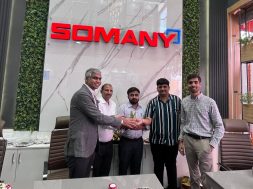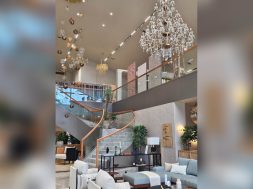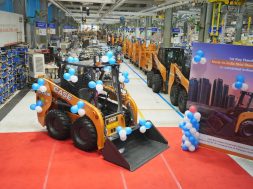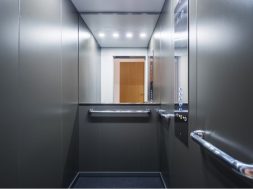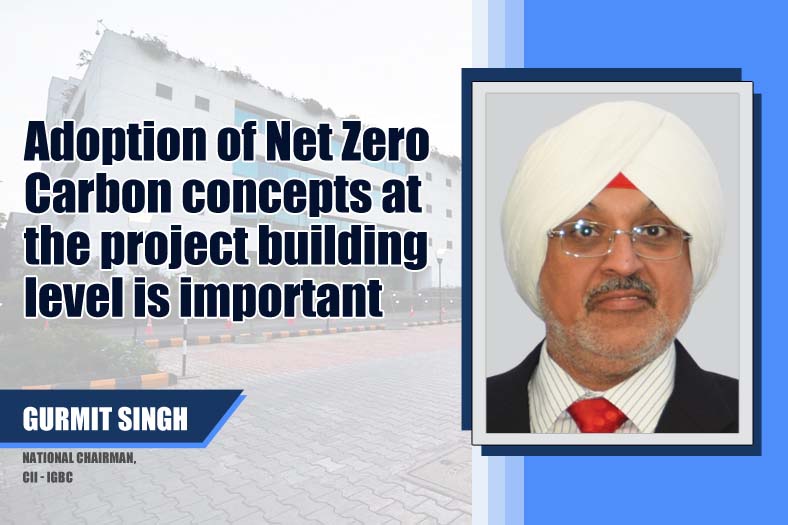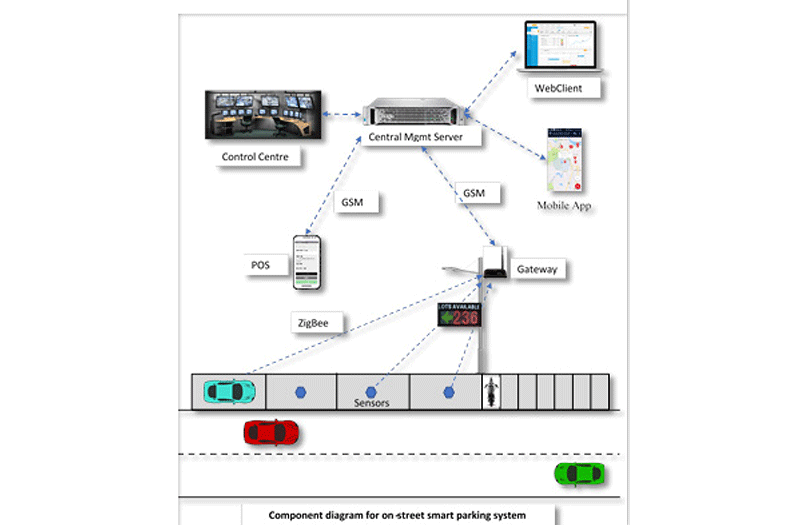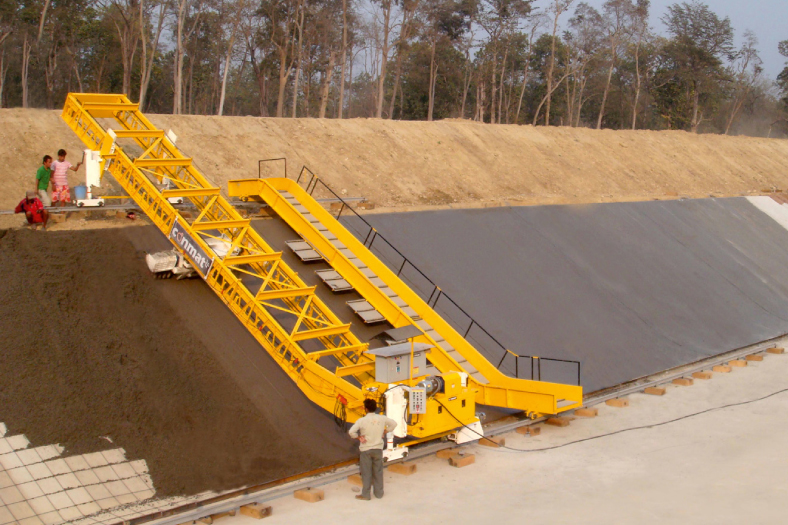India well poised to consolidate leadership position in green buildings
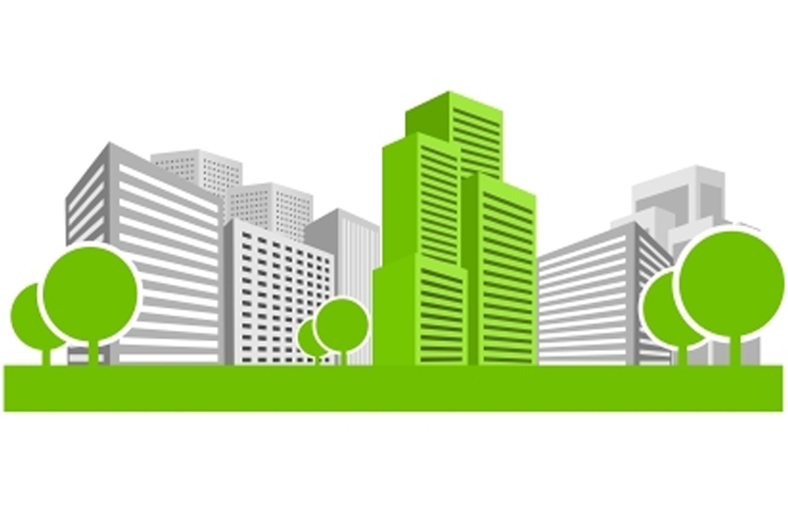
S Raghupathy, Deputy Director General, CII outlines the spread and growth of IGBC green building movement in India and potential growth opportunities
Spearheading the 21st century modern green building movement in India is Indian Green Building Council (IGBC), part of CII. The council with the support of all the stakeholders was established in the year 2001 and since then is in the forefront in facilitating India emerge as one of the global leaders in green buildings and sustainable built-environment by 2025.
Green building movement in India- the growing numbers
with what started as one green building project in 2003, today over 4,000 IGBC registered green building projects, amounting to over 4.50 billion sq.ft. of green building footprint are going the green way with IGBC. This in turn has enabled India emerged as the 2nd country in the world in terms of largest green building footprint.
IGBC could demonstrate a clear business case for green buildings. Though the incremental cost of a commercial green building would be about 3 to 5 per cent, the additional costs gets paid back within 2 to 3 years with substantial reduction in operational costs. This important proposition is enabling stakeholders go the green way.
Today, various types of buildings including government offices, commercial buildings, hotels, hospitals, schools, cities, hospitals, metro stations, malls are all going the IGBC way. About 90 per cent of green building projects in India are adopting and promoting IGBC green building standards.
Green building movement in India, right from day one has been very inspiring and has enabled the construction sector to constantly design and devise strategies and approaches, which are more ecologically superior, and economically viable.
Today, India takes pride in designing some of the finest and futuristic green building projects. This leadership and growth in green buildings has been made possible with the partnership and support from various national and international stakeholders.
IGBC is well poised to set new global benchmarks in sustainable construction, which in turn will go a long way in building a greener and healthier India. IGBC aspires to facilitate 10 billion sq.ft. of green building footprint by 2022 (75th year of India’s Independence).
IGBC green building rating systems
IGBC, understanding the imperative to have rating system for different building typologies has launched 19 fully indigenised green building rating systems like- commercial, residential, cities, townships, schools, healthcare, datacentres and several others.
The following are the benefits of adopting IGBC green building rating systems:
• Demonstrated and proven savings of 30 to 40 per cent on energy cost and 20 to 30 per cent on water.
• Fully indigenised and designed to address national priorities.
• Incorporates National Standards and Codes including- National Building Code (NBC), Energy Conservation Building Code (ECBC), Ministry of Environment & Forests (MoEF) and Central Pollution Control Board (CPCB) guidelines.
• Faster environmental clearance by Ministry of Environment, Forest and Climate Change (MoEFCC) for IGBC rated projects.
Policy incentives for green building projects
Support from the government for promoting green building has been very encouraging. Today, central and several state government departments are giving recognition to IGBC’s green building initiatives. The list of incentives offered includes the following:
• Ministry of Environment & Forests (MoEF), Government of India, offers fast track environmental clearance for green building projects pre – certified by IGBC.
• Department of Industrial Policy and Promotion (DIPP), Ministry of Commerce and Industry – Make in India Policy (National Manufacturing): Incentive of Rs 2,00,000 for buildings which obtain green rating from IGBC
• IGBC rated green building projects in the MSME sector shall be eligible for financial assistance at concessional rates from Small Industries Development Bank of India (SIDBI).
• Government of Punjab (Department of Local Government) offers an additional 5 per cent Floor Area Ratio (FAR) free of charge for projects granted Gold/Platinum Rating by IGBC.
• Government of Rajasthan (Jaipur Development Authority) offers an additional 5 per cent FAR free of charge for projects which are rated Gold or above by IGBC.
• Government of West Bengal (Kolkata Municipal Corporation & New Kolkata Development Authority) offers additional 10 per cent FAR for projects pre-certified as Gold or above by IGBC.
• Government of Uttar Pradesh (Housing and Urban Planning Department & Greater Noida Industrial Development Authority) offers an additional 5 per cent FAR free of charge for projects rated as Gold or above by IGBC.
• Pune Municipal Corporation (PMC), Government of Maharashtra offers an additional FAR of up to 7 per cent for green buildings pre-certified as Silver or above by IGBC.
• Public Works Department (PWD), Government of Maharashtra in a notification has indicated that the renovation of existing buildings and the development of all new government buildings in Maharashtra shall be carried out as per the suitable IGBC green building rating system.
Health and wellbeing
The need and importance of promoting health, comfort and wellbeing is assuming greater significance today. IGBC green building rating systems have addressed the issues of comfort through maintaining the right temperature, relative humidity and fresh airflow. Health is also addressed through concepts such as ‘walk to work’, encouraging green spaces and use of materials that are non-toxic (low or no VOC).
Following are some of the concepts (illustrative) which have been incorporated in many of the green buildings:
• Fresh air and ventilation for health and comfort
• Welfare facilities for construction workforce
• Well-being for differently able people
• Walk to work concept
• Acoustic comfort
• Enhancing green spaces
• Organic farming and healthy food habits
• Adequate daylight and outdoor views
• Use of eco-friendly housekeeping cleaners.
Market Transformation
IGBC has facilitated market transformation for green building products and technologies. Earlier, manufactures were shy of discussing on the recycle or recyclable content of their products.
IGBC with the support of the stakeholders could bring about a change in the way a product is viewed and perceived. Today, manufactures are willingly indicating how green their product or technology is and indicating recycle or recyclable content of their products. Further, today, most of the green building products and technologies which we had to earlier import and now readily available within the country.
There is growing acceptance and demand for green buildings. Stakeholders are keen to know how their building is or how green their product/technology is. The end users started demanding for green features in products apart from the regular criteria for selection of products such as quality, cost.
Building on this imperative, CII has launched GreenPro (Green Product) certification. The main objective is to facilitate green product market transformation in the country through certification.
GreenPro – assess how green is a product based on a life cycle based holistic approach and certifies the product as ‘Green’. The certification system guides the manufacturers to improve their product’s green performance and position as green and eco-friendly. As on date, over 150 products in India are GreenPro certified and many other products are in the pipeline.
Conclusion
Green buildings have become the new global green order and stakeholders are going that extra mile to convert their existing and upcoming buildings as green and earth- centric. This augurs well for a greener tomorrow.
IGBC foresees that the next 10 years will be the decade of integrated sustainable built environment. This will mostly be in the form of large integrated townships, satellite cities, campuses with mixed land use pattern. This presents an enormous opportunity to design all urban habitats as green from day one and influence the way of life of people who live in such cities.
The increased thrust given for smart cities by the government is indeed a step in the right direction, and augurs well for sustainable urban development of the country. All the upcoming cities must be designed in such a way that they are future ready and meet the growing urban needs.
In terms of market potential for green products, materials and technologies, it is estimated that by the year 2025, it will be about USD 300 billion. This offers excellent growth opportunities for the manufacturers of green products, materials and technologies.
Today, Indian industry has taken up activities and initiatives to ensure that growth is not at the cost of environment and has clearly realised that pursuing ecological sustainability ultimately results in making Indian industry more competitive. IGBC would continue to work more closely with the stakeholders in building a greener and healthier India.
Authored by_
S Raghupathy,
Deputy Director General, CII
7
Cookie Consent
We use cookies to personalize your experience. By continuing to visit this website you agree to our Terms & Conditions, Privacy Policy and Cookie Policy.
